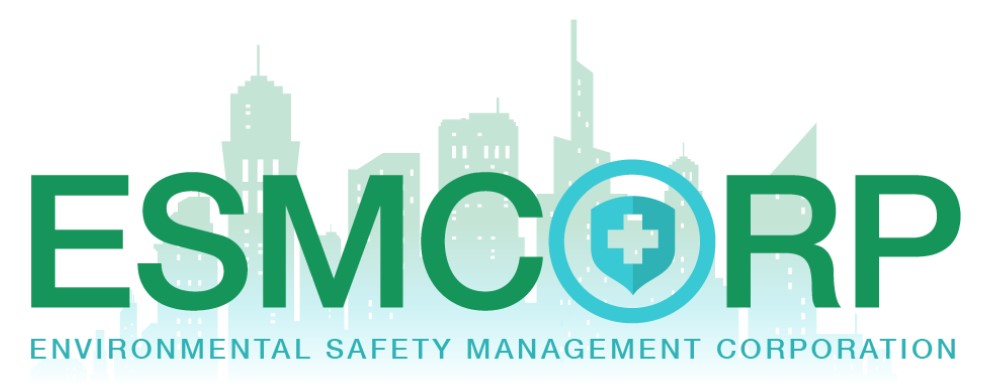As the weather outside becomes frightful, we must be mindful of how these low temperatures play into Indoor Air Quality. The outdoor air that is being heated up and circulated inside of a building are going to be the basis behind the Top 3 Things the winter does to impact indoor air quality.
1) Dries out the air!
Fact: Cold air has a lower capacity for water than warm air.
Also Fact: When you heat up cold dry air, it becomes warm dryer air.
What does this mean? This means the warmer your thermostat is set, the dryer your house will be. Extreme dryness in the home can have an effect on the human body such as
- dry skin
- irritated and itchy eyes
- dry and inflamed mucous membrane
What do I do? Temperature control in the home is a way to control humidity. Setting your thermostat between 68oF and 72oF is way to try and avoid the humidity from plummeting too much. For extremely dry days, humidifiers may provide the moisture in the air that is desired.
2) Reduces outdoor air!
During the spring and the fall, many homes have their windows open, and many facilities have their heating and cooling systems running with outdoor air being introduced to help dilute the indoor air.
Fact: Introducing fresh outdoor air helps improve the quality of indoor air.
However, during the winter months, windows are closed and outdoor air is reduced because it is both expensive and uncomfortable to heat / let cold air in.
What does this mean? This means all the things already on the inside of the home that could be causing indoor air quality issues ie. spraying perfume, burning incense, cooking, painting will increase in concentration due to lack of dilution.
What do I do? Become familiar with the term Source Control. Source control in the Indoor air quality world means understanding the source of the air quality contaminants and not bringing them inside. If you know all your windows are closed, controlling the amount of spraying and burning of things will greatly improve Indoor air quality. That is good source control.
3) Increases occupant time indoors!
Fact: A room without occupants would have little to no Indoor Air Quality issues.
Occupants introduce a lot of indoor air quality contaminants. We sweat, we emit odors, we physically bring in, intentionally and unintendedly, contaminants that contribute towards negative indoor air quality.
What does this mean?
As we spend more time indoors, because outside is no longer desirable, the concentrations of human activity emissions increases indoors. In addition, things that are usually done outdoors start being done indoors. People may begin smoking closer to buildings or indoors. The pouring of gasoline may be done in attached garages instead of outdoors. Viruses and bacteria that we carry with us can also be more easily transferred between us when we are sitting around breathing the same air.
What do I do?
Similar to the advice given due to the reduction of outdoor air, it is important to be aware of the sources of indoor air quality issues. As occupants being the major source, it is important to do the things that need to be done outside, outside. If the option / availability is there to go outside and get some fresh air, take it.
Bonus: Supplemental heat sources!
Please be aware of supplemental ways to heat your home and the associated Indoor Air Quality and Safety risks.
- Wood Fireplaces
Wood fireplaces can provide a warm humid heat (because combustion release water vapor), but it also emits carbon monoxide and other gases that are supposed to make it up the chimney upon burning. Ensure that your chimney is exhausting all the gasses created by burning wood. The Indoor air quality issues associated with combustion gasses indoors becomes unhealthy and unsafe.
- Electric heaters
Less of an Indoor Air quality issue but we would be remised if we didn’t mention the safety issue associated with it. High powered heating instruments like that draw so much current that they increase the risk of fires, both on the units themselves and in the wiring going through the home. Please be careful with electric heaters!
- Unvented Kerosene heaters
When fire burns, it releases gases that need to be vented out of the home. If any unvented gas appliance is vented in the home (this includes generators, gas grills, and charcoal grills) , that is a huge safety and health concern! Please avoid these too!
Environmental Safety Management Corporation is well prepared to discuss Indoor Air quality with you and we are the leading experts in NJ, NY, PA, and DE for the conversation and the job. Please contact us at (856) 764 – 3557 for any questions. Email us at projectmanager@esmcorp.com too. Check out our Facebook and Linkedin!
Thank you and have an Environmentally Safe Day!

Recent Comments